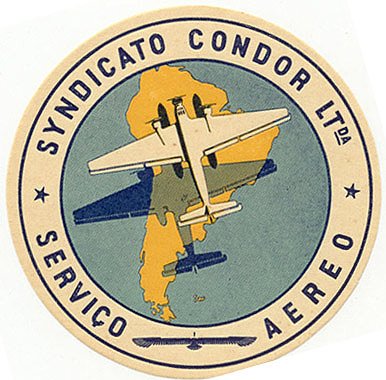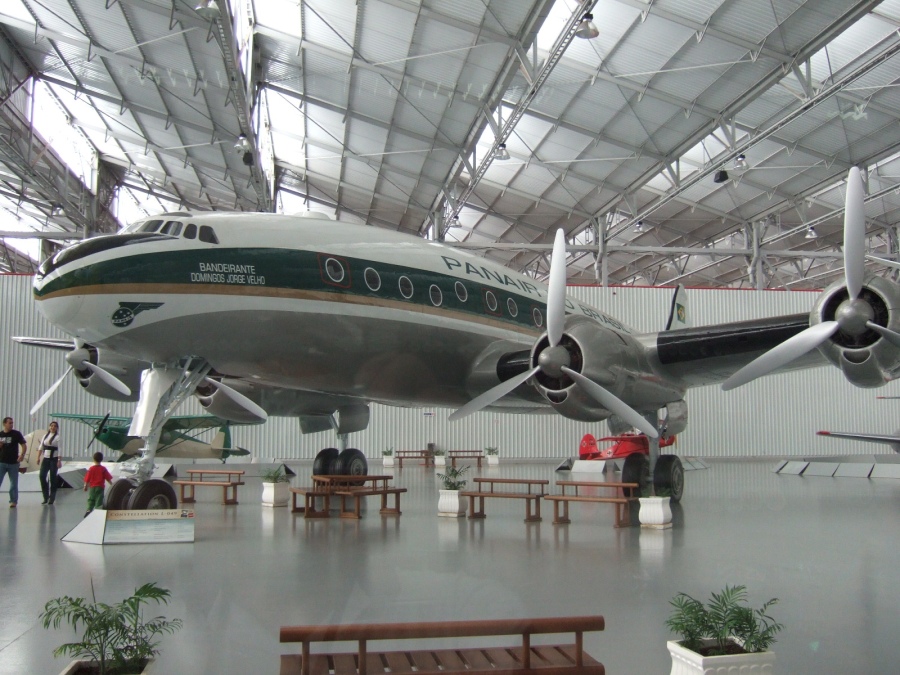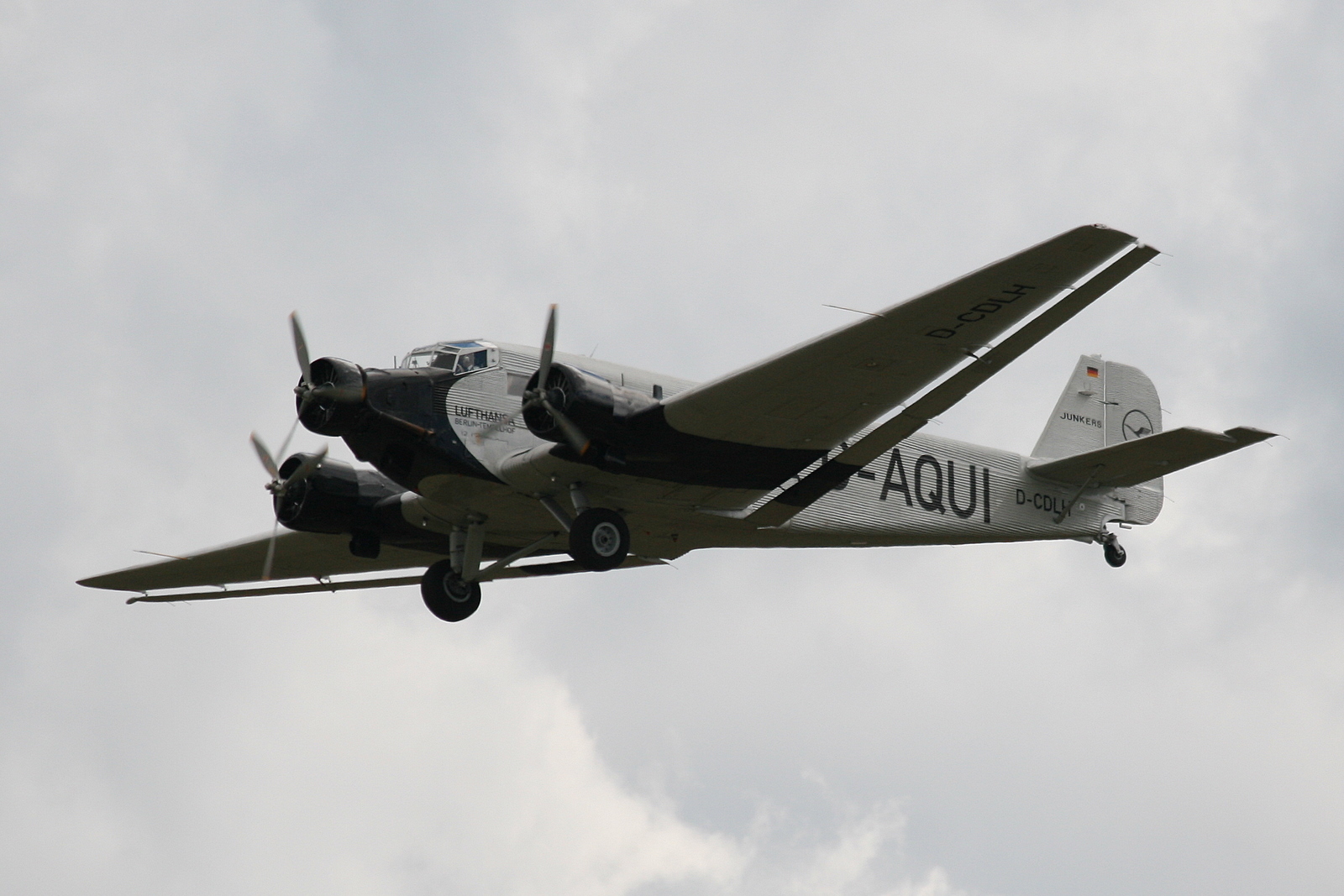|
Santos Dumont Airport
The Santos Dumont Airport is the second major airport serving Rio de Janeiro, Brazil. It is named after the Brazilian aviation pioneer Alberto Santos-Dumont, Alberto Santos Dumont (1873–1932). It is operated by Infraero. History Originally known as Calabouço Airport, the history of the airport can be traced back to the early 1930s. Until that time, the few aircraft equipped with landing gear used the Manguinhos Airport. Seaplanes, which at the time operated the majority of domestic and international flights, used a terminal located at the Calabouço Point, an area known today as the Praça Marechal Âncora. Take-off and landings were made using an area of the Guanabara Bay then known as ''estirão do Caju'' (''Caju water stretch''). It was as a development of the terminal at the Calabouço Point that the Calabouço Airport was created. In 1934, in order to handle a growing number of land operations, land was reclaimed from the sea to create the first runway of the ... [...More Info...] [...Related Items...] OR: [Wikipedia] [Google] [Baidu] |
Infraero
Empresa Brasileira de Infraestrutura Aeroportuária (abr. Infraero) is a Brazilian government corporation founded in 1973, authorized by Law 5,862, that is responsible for operating the main List of the busiest airports in Brazil, Brazilian commercial airports. In 2011 Infraero's airports carried 179,482,228 passengers, 1,464,484 tons of cargo, and operated 2,893,631 Takeoff, take-offs and landings. Presently it manages 45 airports. The company is present all over Brazil and employs approximately 23,000 employees and subcontracted workers nationwide. It is headquartered in the Infraero Building, in Brasília, Federal District (Brazil), Federal District. History The company implements a workplan which covers practically all airports managed by it and which generates over 50 thousand jobs all over Brazil. The Brazilian airport infrastructure, which may match to the international standards, is being updated to meet the next years demand. The works are performed with the company's ... [...More Info...] [...Related Items...] OR: [Wikipedia] [Google] [Baidu] |
Santos Dumont - SDU
Santos may refer to: People * Santos (surname) * Santos Balmori Picazo (1899–1992), Spanish-Mexican painter * Santos Benavides (1823–1891), Confederate general in the American Civil War Places *Santos, São Paulo, a municipality in São Paulo, Brazil ** Port of Santos, container port ** Santos Basin, offshore sedimentary basin ** Santos Formation * Sántos, Somogy county, Hungary * Santos Peak, Graham Land, Antarctica * Santos Trail System, a network of mountain bike trails outside Ocala, Florida * General Santos, a city in the Philippines * Dr. Santos Avenue, a major thoroughfare in Metro Manila, Philippines * Strathmore, California, formerly Santos, in Tulare County, California, U.S. Football clubs *Santos FC (f. 1912), in Santos, Brazil * Santos FC (women) (f. 1997), in Santos, Brazil * Santos Futebol Clube (AP) (f. 1973), in Macapá, Brazil * Santos Futebol Clube (PB) (f. 1949), in João Pessoa, Brazil * Santos FC (Burkina Faso) (f. 1977), in Ouagadougou, Burkina Faso * S ... [...More Info...] [...Related Items...] OR: [Wikipedia] [Google] [Baidu] |
Serviços Aéreos Cruzeiro Do Sul
Serviços Aéreos Cruzeiro do Sul was the second oldest airline of Brazil, tracing its origins to 1927, when it was founded as Syndicato Condor, a subsidiary of Deutsche Luft Hansa. Syndicato Condor retained rights and interests of a former German trade company, Condor Syndikat, which previously operated passenger and mail services in Brazil. It was renamed Serviços Aéreos Cruzeiro do Sul in 1943. In 1975, Varig, a Brazilian airline which shared very similar origins, acquired its controlling shares. In 1993, it was finally merged into Varig. History Syndicato Condor and Serviços Aéreos Condor (1927–1943) The first phase in the history of Cruzeiro do Sul is related to the German influence and can be dated from 1927 until 1943. During this time the airline was called Syndicato Condor, then Sindicato Condor and finally Serviços Aéreos Condor. Condor was founded in Rio de Janeiro, on 1 December 1927, by the three former German directors of Condor Syndikat, including Fritz ... [...More Info...] [...Related Items...] OR: [Wikipedia] [Google] [Baidu] |
Varig
VARIG (''Viação Aérea Rio-Grandense'', 'Rio Grandean Airways') was the first airline founded in Brazil, in 1927. From 1965 until 1990, it was Brazil's leading airline and virtually its only international one. In 2005, Varig went into judicial restructuring, and in 2006 it was split into two companies: Flex Linhas Aéreas, informally known as "old" Varig, heir to the original airline, now defunct; and "new" Varig, a new company, fully integrated into Gol Linhas Aéreas Inteligentes. History Formation and early years (1927–1943) ''Sociedade Anônima Empresa de Viação Aérea Rio-Grandense – VARIG'' was the first national airline established in Brazil. It was founded on 7 May 1927, in Porto Alegre, by Otto Ernst Meyer-Labastille, a German aviator decorated in World War I, who immigrated to Brazil in 1921 and noticed how necessary air transportation was for a large country like Brazil. Varig was an off-spring of the German trade company and airline Condor Syndikat, thus ... [...More Info...] [...Related Items...] OR: [Wikipedia] [Google] [Baidu] |
Brazilian Air Force
The Brazilian Air Force (, FAB) is the air branch of the Brazilian Armed Forces and one of the three national uniformed services. The FAB was formed when the Brazilian Brazilian Army Aviation (1919–1941), Army and Brazilian Naval Aviation, Navy air branches were merged into a single military force initially called "National Air Forces" in 1941. Both air branches transferred their equipment, installations and personnel to the new force. According to Flight International (Flightglobal.com) and the International Institute for Strategic Studies, the Brazilian Air Force has an active strength of 80,937 military personnel and operates around 578 aircraft. The Brazilian Air Force is the largest air force in the Southern Hemisphere. History Contestado Campaign The Contestado War was the first conflict in which Brazilian military aviation was employed. On September 19, 1914, taking advantage of a special train driving troops, three aircraft were boarded: a Morane-Saulnier biplane, a ... [...More Info...] [...Related Items...] OR: [Wikipedia] [Google] [Baidu] |
Panair Do Brasil
Panair do Brasil was an airline of Brazil. it ceased operations in 1965. Between 1945 and 1965, it was considered to be the largest carrier not only in Brazil but in all of Latin America. History NYRBA do Brasil (1929–1930) ''Panair do Brasil'' began operations on October 22, 1929, as NYRBA do Brasil S.A., a Brazilian subsidiary of New York, Rio, and Buenos Aires Line, NYRBA, Inc. (New York, Rio, and Buenos Aires Line), forerunner of Pan American World Airways, Pan American. Both airlines were established by Ralph Ambrose O'Neill for the transportation of post and passengers using seaplanes between the United States, Brazil and Argentina, flying over the east coast of the continent. NYRBA do Brasil came as an American competitive response to a service that had been provided by Germans since 1927. Starting that year, Condor Syndikat and later its successor Deutsche Luft Hansa explored the Brazilian market by establishing the subsidiary Syndicato Condor, and the Brazilian a ... [...More Info...] [...Related Items...] OR: [Wikipedia] [Google] [Baidu] |
Pan American World Airways
Pan American World Airways, originally founded as Pan American Airways and more commonly known as Pan Am, was an airline that was the principal and largest international air carrier and unofficial overseas flag carrier of the United States for much of the 20th century. The first airline to fly worldwide, it pioneered innovations such as Wide-body aircraft, jumbo jets and computerized reservation systems, and introduced the Boeing 707, first American jetliner in 1958. Until its dissolution on December 4, 1991, Pan Am "epitomized the luxury and glamour of intercontinental travel", and it remains a cultural icon of the 20th century, identified by its blue globe logo ("The Blue Meatball"), the use of the word "Clipper" in its aircraft names and call signs, and the white uniform caps of its pilots. Founded in 1927 by two U.S. Army Air Corps majors, Pan Am began as a scheduled airmail and passenger service flying between Key West, Florida, and Havana, Cuba. In the 1930s, under the le ... [...More Info...] [...Related Items...] OR: [Wikipedia] [Google] [Baidu] |
Santos Dumont Airport 08 2013 Old Terminal 7001
Santos may refer to: People *Santos (surname) * Santos Balmori Picazo (1899–1992), Spanish-Mexican painter * Santos Benavides (1823–1891), Confederate general in the American Civil War Places *Santos, São Paulo, a municipality in São Paulo, Brazil **Port of Santos, container port **Santos Basin, offshore sedimentary basin ** Santos Formation * Sántos, Somogy county, Hungary * Santos Peak, Graham Land, Antarctica * Santos Trail System, a network of mountain bike trails outside Ocala, Florida *General Santos, a city in the Philippines * Dr. Santos Avenue, a major thoroughfare in Metro Manila, Philippines *Strathmore, California, formerly Santos, in Tulare County, California, U.S. Football clubs *Santos FC (f. 1912), in Santos, Brazil *Santos FC (women) (f. 1997), in Santos, Brazil *Santos Futebol Clube (AP) (f. 1973), in Macapá, Brazil * Santos Futebol Clube (PB) (f. 1949), in João Pessoa, Brazil * Santos FC (Burkina Faso) (f. 1977), in Ouagadougou, Burkina Faso *Santos FC ... [...More Info...] [...Related Items...] OR: [Wikipedia] [Google] [Baidu] |
Paris–Le Bourget Airport
Paris–Le Bourget Airport () is an airport located within portions of the communes of Le Bourget, Bonneuil-en-France, Dugny and Gonesse, north-northeast of Paris, France. Once Paris's principal airport, it is now used only for general aviation, including business jet operations. It also hosts air shows, most notably the Paris Air Show. The airport is operated by Groupe ADP under the brand Paris Aéroport. History The airport started commercial operations in 1919 and was Paris's only airport until the construction of Orly Airport in 1932. It is famous as the landing site for Charles Lindbergh's historic solo transatlantic crossing in 1927 in the '' Spirit of St. Louis'', and had been the departure point two weeks earlier for the French biplane '' L'Oiseau Blanc (The White Bird)'', which took off in an attempt at a transatlantic flight, but then mysteriously disappeared.Godspeed, Charles and Francois"The Secret of The White Bird." ''aero-news.net,'' 9 May 2006. Retrieve ... [...More Info...] [...Related Items...] OR: [Wikipedia] [Google] [Baidu] |
Junkers Ju 52
The Junkers Ju 52/3m (nicknamed ''Tante Ju'' ("Aunt Ju") and ''Iron Annie'') is a transport aircraft that was designed and manufactured by German aviation company Junkers. First introduced during 1930 as a civilian airliner, it was adapted into a military transport aircraft by Germany's Nazi regime, who exercised power over the company for its war efforts, over the objections of the company's founder Hugo Junkers. Development of the Ju 52 commenced in the late 1920s, headed by German aeronautical engineer Ernst Zindel. The aircraft's design incorporated a corrugated duralumin metal skin as a strengthening measure, which was a material design pioneered by Junkers and used on many of their aircraft, including the popular Junkers F 13 1920s, the record-setting Junkers W 33, and Junkers W34. The corrugation was both a strength and a weakness; it provided increased structural strength but also increased aerodynamic drag. But more importantly it allowed the practical use of alum ... [...More Info...] [...Related Items...] OR: [Wikipedia] [Google] [Baidu] |
VASP
Viação Aérea São Paulo S/A (São Paulo Airways), better known as VASP, was an airline with its head office in the VASP Building on the grounds of São Paulo–Congonhas Airport in São Paulo, Brazil. It had main bases at São Paulo's two major airports, São Paulo–Congonhas Airport (CGH) and São Paulo/Guarulhos International Airport (GRU). History The airline was established on 4 November 1933 by the state government of São Paulo and started operations on 12 November 1933. VASP was the first airline to serve the interior of the state of São Paulo (São Paulo-São Carlos-São José do Rio Preto and São Paulo-Ribeirão Preto-Uberaba), with two Monospar ST-4. At the start of the 1930s, it was the only carrier to operate with land planes in their service area. At the time this was a real exploit due to the lack of adequate non-coastal airports. Many landing strips were improvised in flat pastures. This insistence on using only land planes led to the building in 1936 ... [...More Info...] [...Related Items...] OR: [Wikipedia] [Google] [Baidu] |





